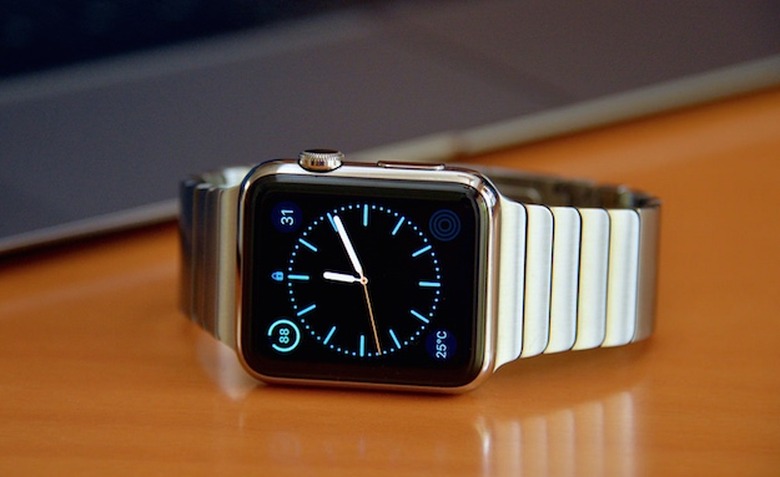Apple Watch 'Architect' Opens Up About What Developing The Apple Watch Was Really Like
The Apple Watch hasn't yet become the groundbreaking and culturally transformative device many initially assumed it would be, but one would be hard-pressed to call the device a flop just yet. As we highlighted last week, the Apple Watch 2 will introduce a number of compelling new features that may transform it into an unequivocal and mainstream hit product as opposed to a device worn by a niche and passionate group of users.
With the Apple Watch nearly 18 months old, Fast Company recently sat down with former Apple employee Bob Messerschmidt, an integral member of the team that helped bring the Apple Watch to market. Specifically, Messerschmidt helped develop the heart rate sensor on the Apple Watch, one of the devices more widely used and important features. Indeed, there have even been instances where the Apple Watch's heart sensor has helped save lives.
DON'T MISS: iPhone 8 concept shows the major design overhaul everyone wanted on the iPhone 7
In a wide-ranging interview with Fast Company, Messerschmidt talked about some of the work that went into bringing the original Apple Watch to market while also touching on what it was like to work closely with Apple design group.
One of the more interesting — though not surprising — takeaways from the piece was how big a role Apple's vaunted design team played in the implementation of the Apple Watch's underlying technology. For instance, Messerschmidt recalls telling Jony Ive's design team that he wanted to put a heart rate sensor on the watch band underneath the wrist as this yields better readings. This, however, was a no-go because Apple was planning to introduce interchangeable bands. When Messerschmidt conceded and instead lobbied for a tight-fitting sensor atop the wrist, Apple's design team once again pushed back, ultimately forcing Messerschmidt and his team to come up with some clever engineering solutions.
Then at the next meeting I would go "we can do it here (on top of the wrist) but it's going to have to be kind of a tight band because we want really good contact between the sensors and the skin." The answer from the design studio would be "No, that's not how people wear watches; they wear them like really floppy on their wrist." That creates a set of requirements that drives you toward new engineering solutions.
Another interesting excerpt centers on Apple's unique obsession with product secrecy. Interestingly, Messerschmidt believes that not only has Apple's obsession gone too far, but he explains that some people use product secrecy as a shield designed to magnify the importance of their own products and contributions.
There is really a contingent at Apple that has resorted to the tools of secrecy. SJ wanted secrecy for very specific reasons. He wanted to be able to make the big splash at the product announcement. And that's almost as far as it went. There's definitely a contingent at Apple that wants secrecy because it helps them maintain an empire, in a sense. It helps them create a sense that they're doing more important things that they really are.
For a company as notoriously secretive as Apple, it's always fascinating when someone with first-hand experience at the company pulls back the curtain even just a little bit. That said, the full story is well worth checking out in its entirety via the source link below.
